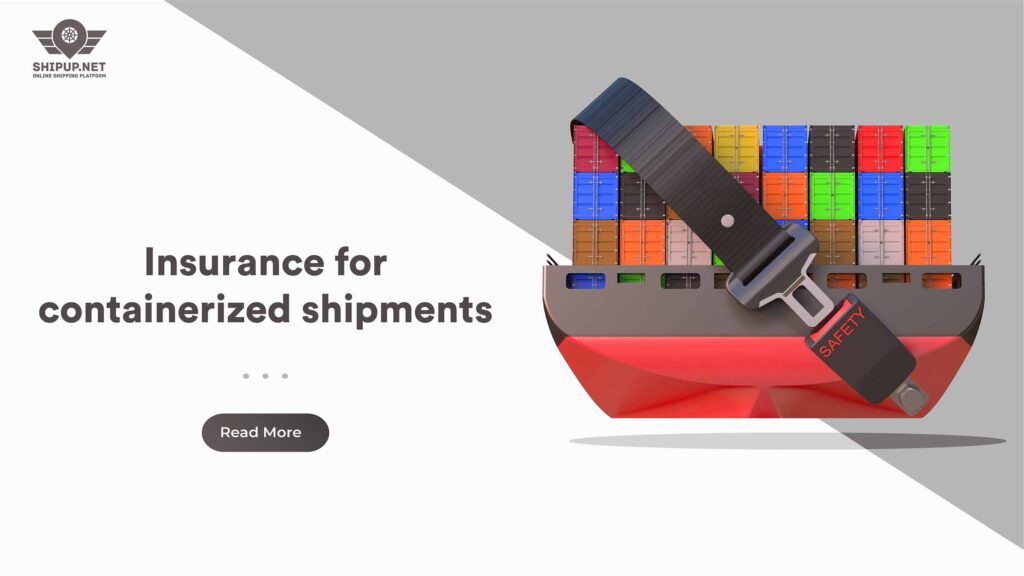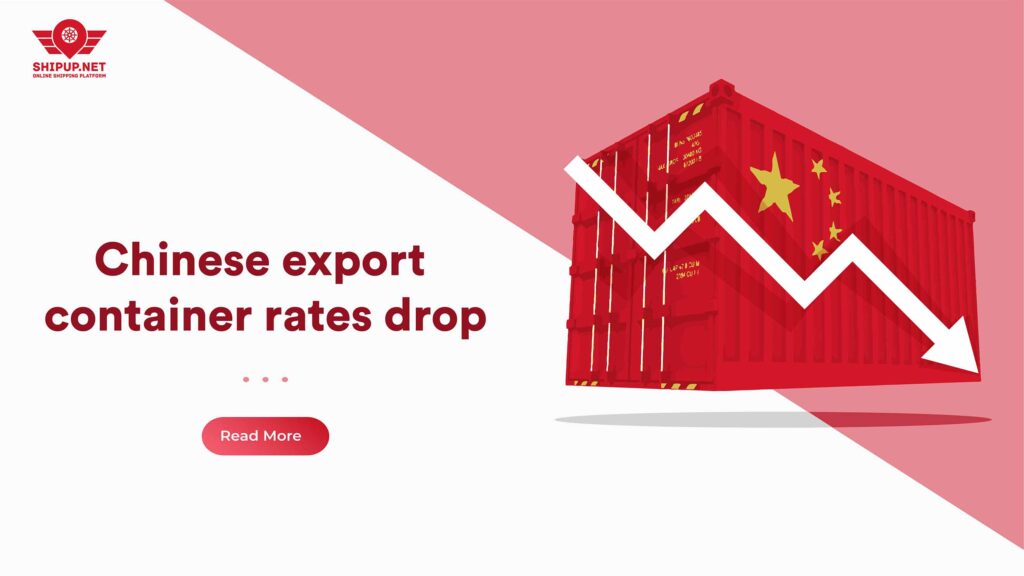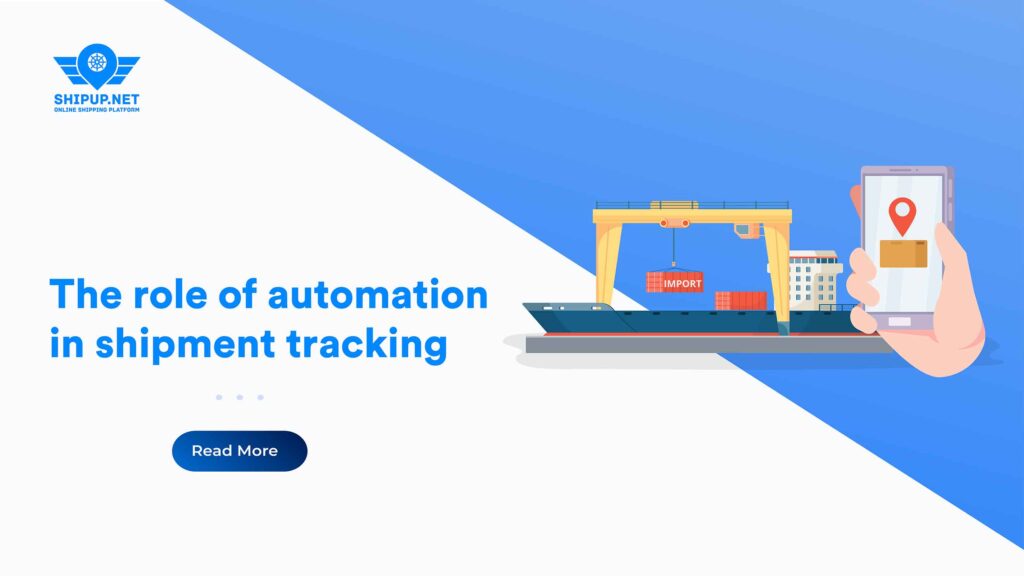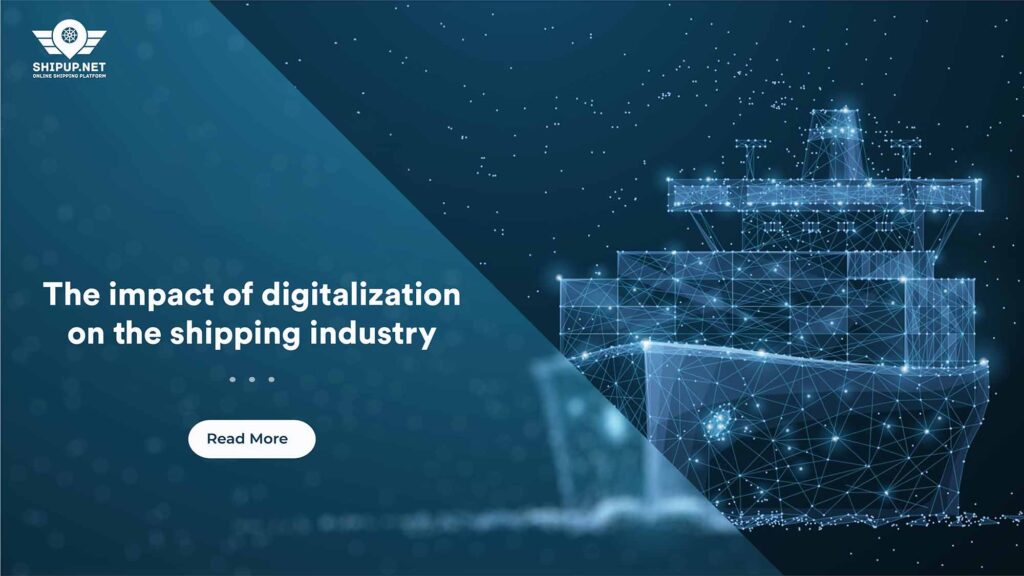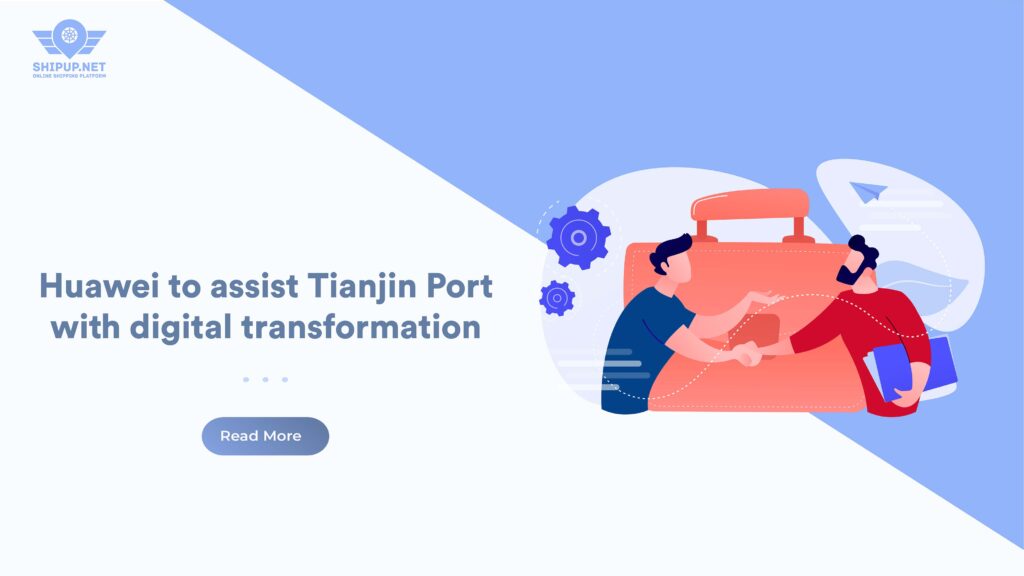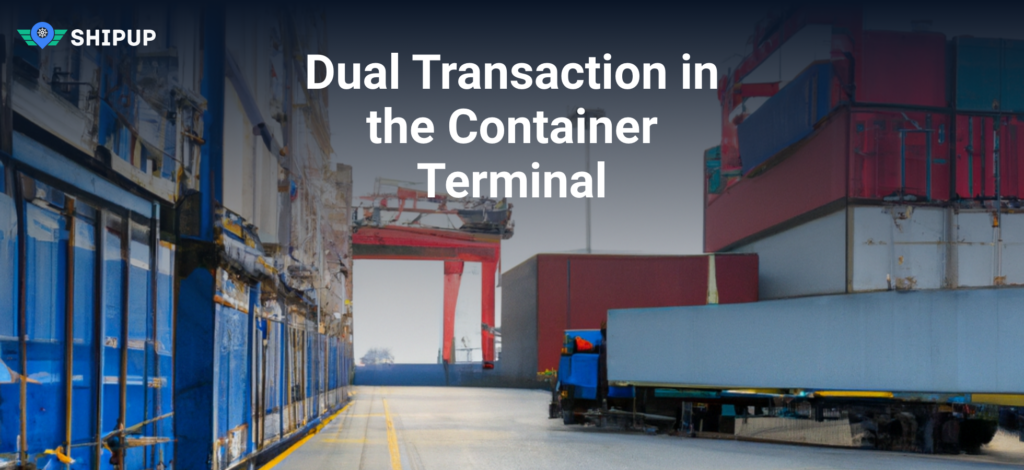The “5 Days Before” Rule: Stop Demurrage Before the Ship Docks
The Ultimate 2025 Guide to Per Diem, Detention, Demurrage & Storage Charges in Container Shipping
Demurrage and per diem are two of the most confusing—yet costly—charges in container shipping. While both relate to time limits on using containers, they apply at different stages of the logistics process. In this guide, we break down what each fee means, how they’re calculated, and the best strategies to avoid unexpected charges and keep shipping costs under control.
The impact of environmental regulations on the shipping industry
The purpose of this article is to examine the impact of environmental regulations on the shipping industry and to provide insights for importers, exporters, and freight forwarders
Insurance for Containerized Shipments
In this article, we’ll delve into the world of containerized shipments and explain why insurance is so important. We’ll also discuss the different types of insurance available, factors to consider when choosing insurance, and best practices for insuring your shipments
Chinese Export Container Rates Drop
Chinese export container rates have seen an unusual drop, according to Niels Rasmussen, chief shipping analyst at BIMCO
What You Need to Know About Handling Hazardous Materials
Dealing with dangerous goods can be a real headache for people who work in shipping industry. These dangerous goods and substances can be a threat to human health and the environment, so it’s important to consider the best practices to handle, store, and transport them
The Role of Automation in Shipment Tracking
These days, technology rules the tracking game. Automation has revolutionized the industry, bringing in real-time updates, improved accuracy, and streamlined processes. This article will show you how automation is changing the shipment tracking game and how tools like Visiwise Visibility Platform can help you stay ahead of the competition.
The Impact of Digitization on the Shipping Industry
what exactly is digitalization? Simply put, it’s the integration of digital technologies into all areas of a business. This integration usually leads to profound changes in the way work is done in all the sections
Tianjin Port Group and Huawei to Upgrade Terminal with Digital Technologies
Tianjin Port Group has announced its plans to collaborate with Huawei, a leading provider of information and communication technology (ICT) infrastructure, to upgrade the Port of Tianjin. The digital transformation of the port will include the construction of new automated terminals, updating existing terminals, and the creation of a digital twin of the port. The digital twin of the port will allow for more efficient and effective management of operations, resulting in improved performance and customer satisfaction.
Streamline Your Supply Chain: The Advantages of Integrating Visibility Platforms with ERP, TMS or custom systems
While integrating a shipment visibility platform can bring many benefits, there are also some challenges to be aware of. For example, some businesses may struggle with the technical aspects of integration, or may face resistance from employees who are used to working with a different system
Dual Transaction in the Container Terminal
In the context of container terminals, a dual transaction is a process in which the handling of a container is recorded twice – once when it is loaded onto a ship and again when it is unloaded at its destination. This allows for a more accurate and transparent record of the movement of containers within the terminal and across the supply chain.




